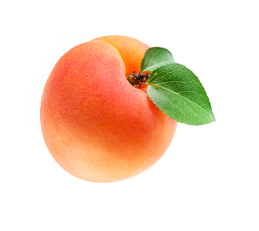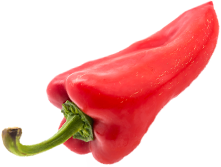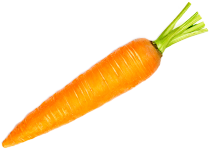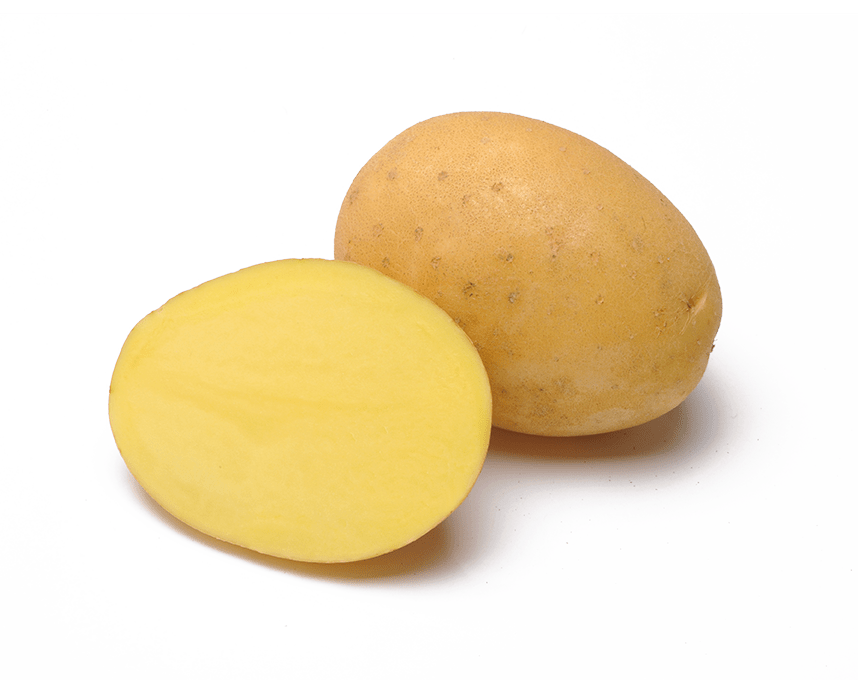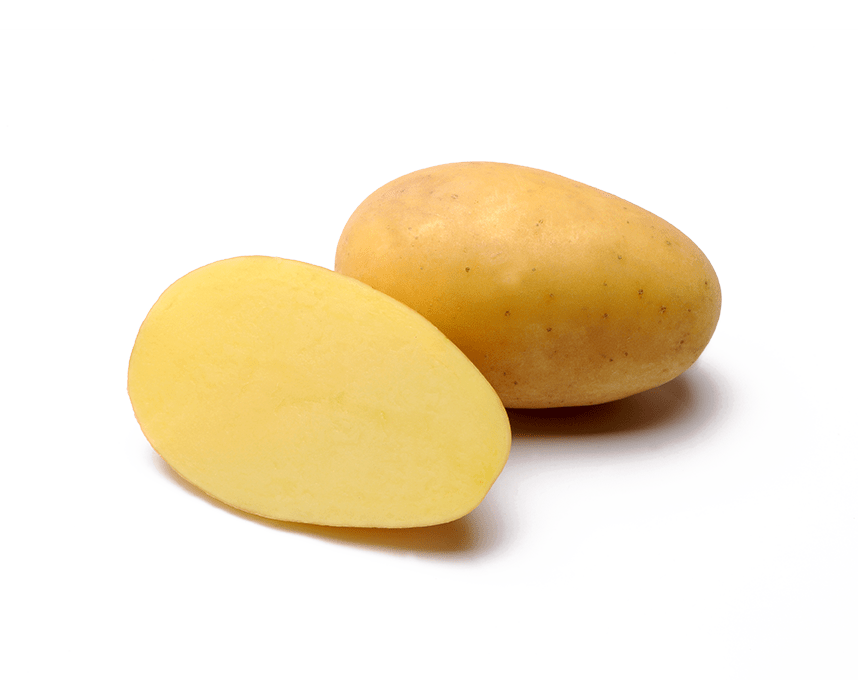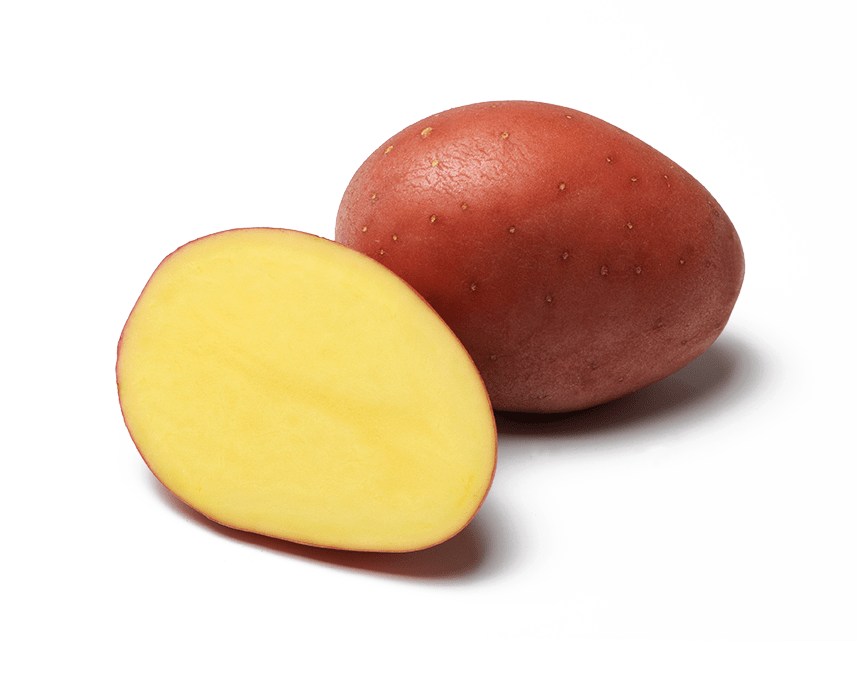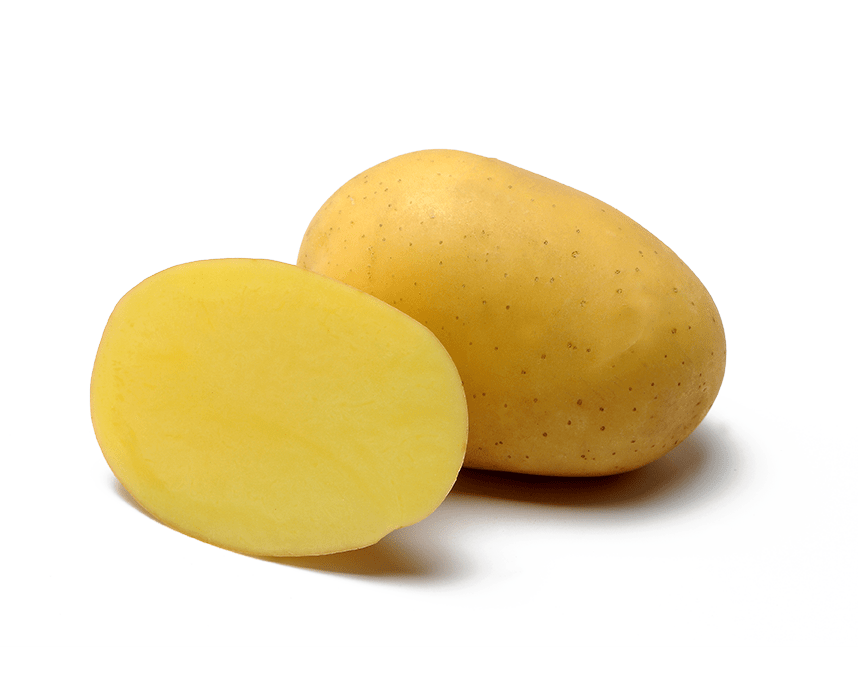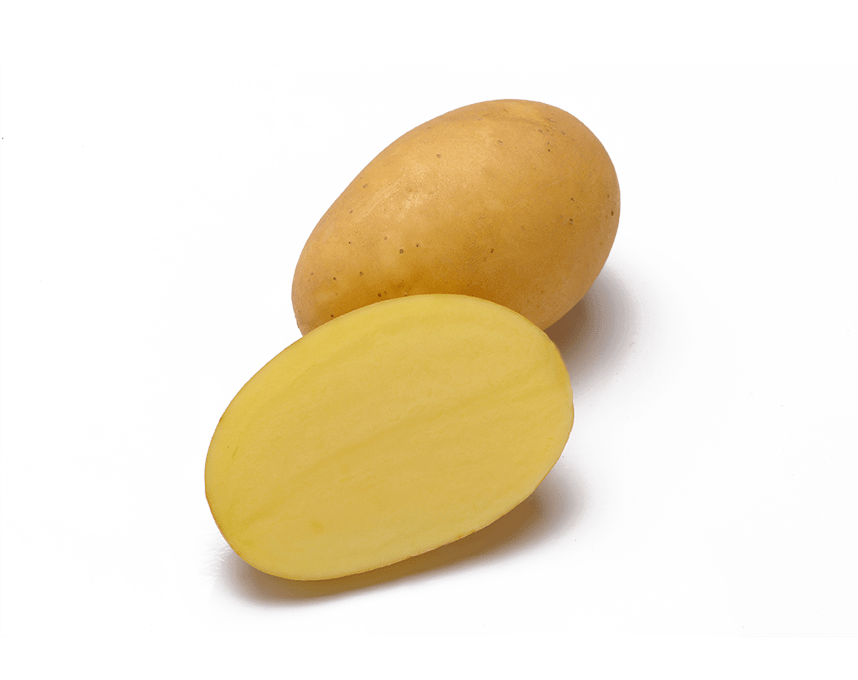
Eye depth
Flesh color
Skin color
Shallow
Bright yellow
Yellow, smooth
PCN
Ro1-Ro3 (all 9)
The data from the table are made on the basis of official varieties testing and / or based on the experience of the manufacturer. However, as potato is a natural product, we can not assume responsibility for the above data.
Captiva is a medium-sized variety of quality potatoes, which, with its smooth cap, shallow eyelashes and oval tuber shape, sets new record in yields. With large tubers its provides high market yield.
Captiva is a variety of culinary type B, which has pale-yellow flesh.
Resistance: This variety is characterized by resistance to potato diseases and PCN.
Recommendations for growth: It is desirable to cultivate on medium-sized soils, where water and nutrient supplies are available, while soils with high spraying risks should be avoided.
Planting: It is recommended that calibrated seed 35/55 be spaced 75 centimeters apart, and between 32-34 centimetres (~ 40,600 plants per hectare) with the standard planting depth.
Preparation: Seal the seed before planting
Herbicides: No known herbicide sensitivity.
Fertilizers: 140 kilograms / hectare of nitrogen – this is a variety with very good N collection, so it is necessary to moderate fertilize with N, and later diet to avoid (dosages over 80 kilograms to divide). 100 kilograms / hectare of water soluble phosphorus, in planting. 200-250 kilograms / hectare of potassium – due to high yields, carefully cautiously fertilize, but less doses are included. Additional fertilization with magnesium ensures yield and quality (60 kilograms / hectare)

